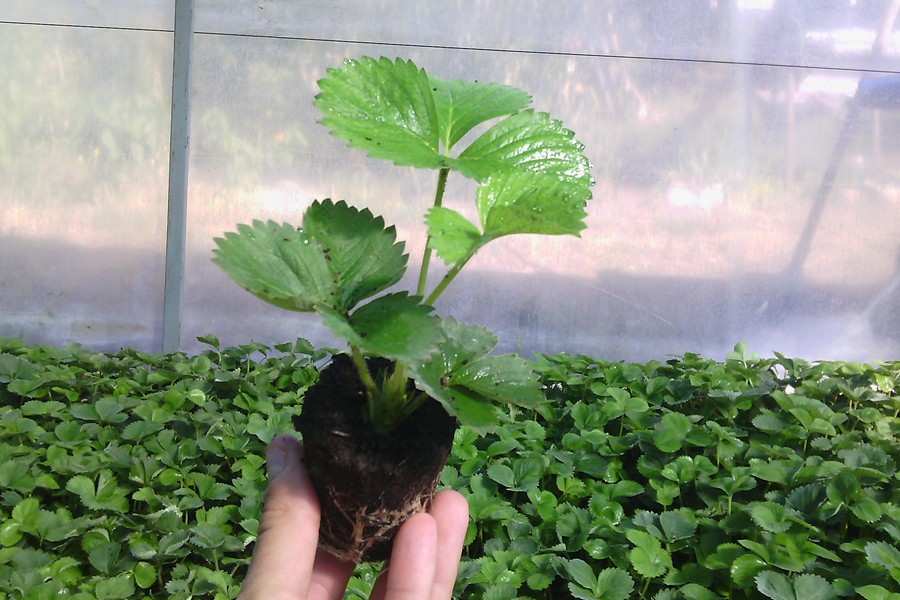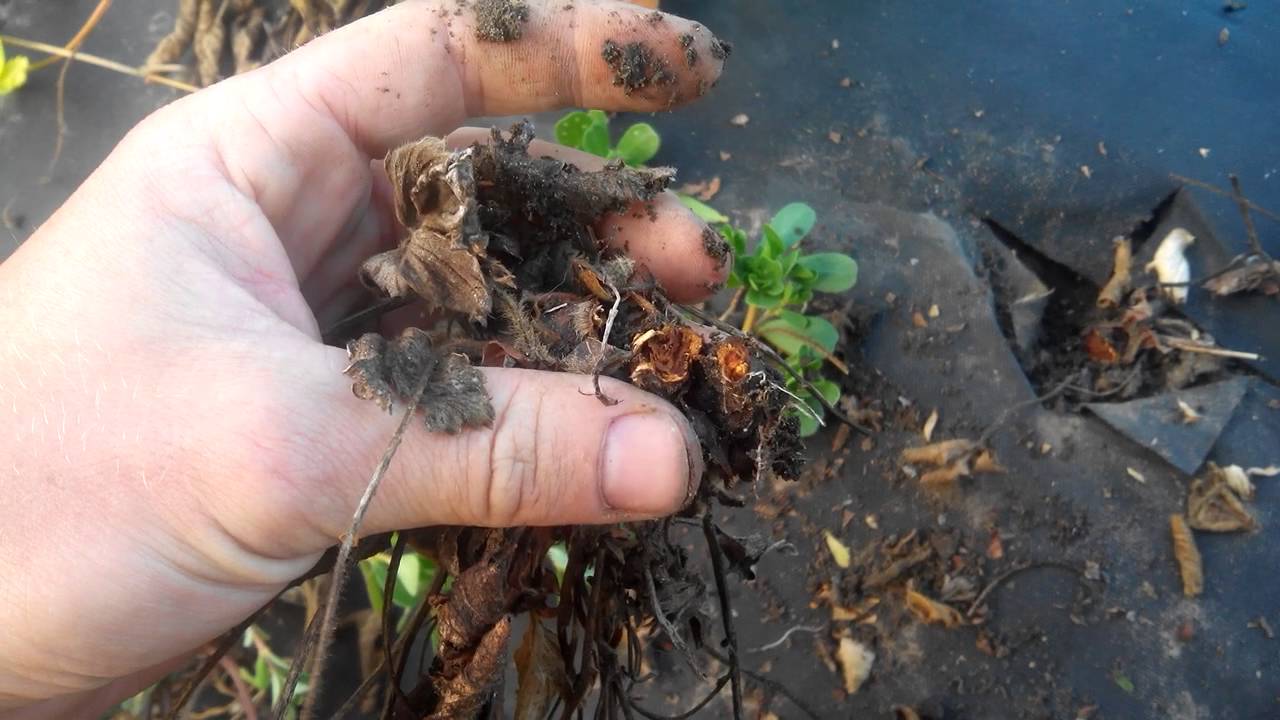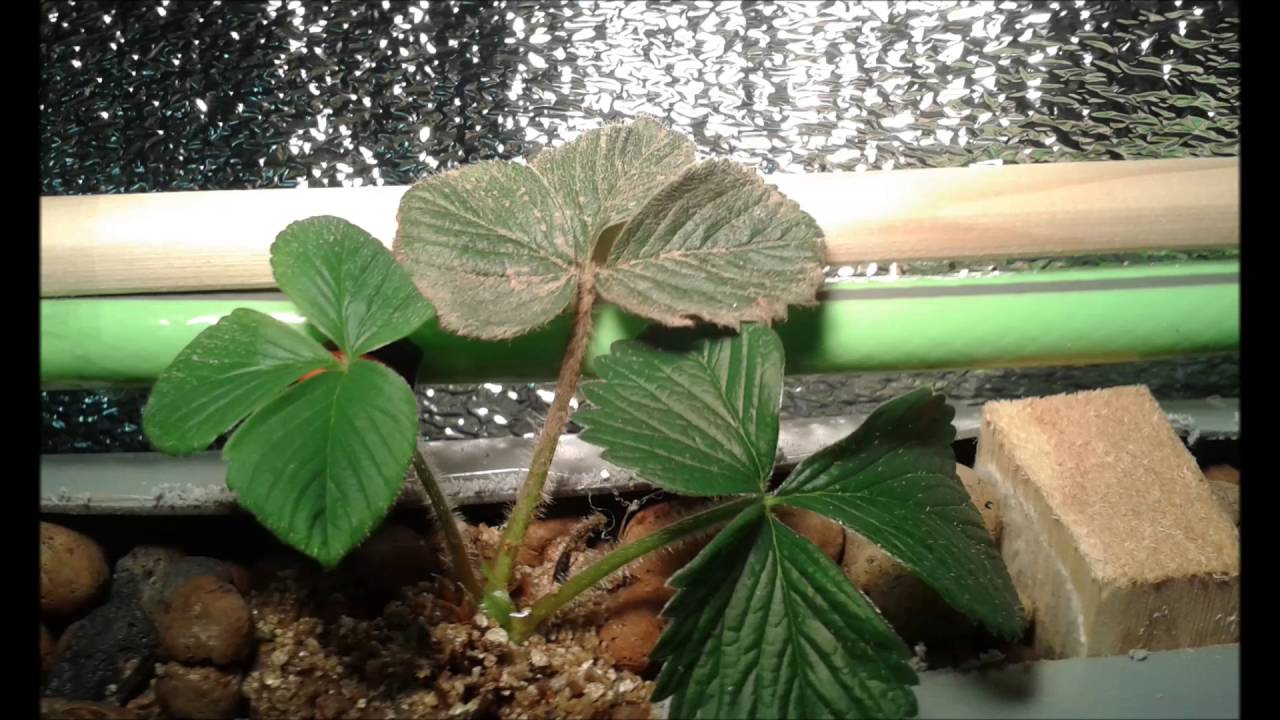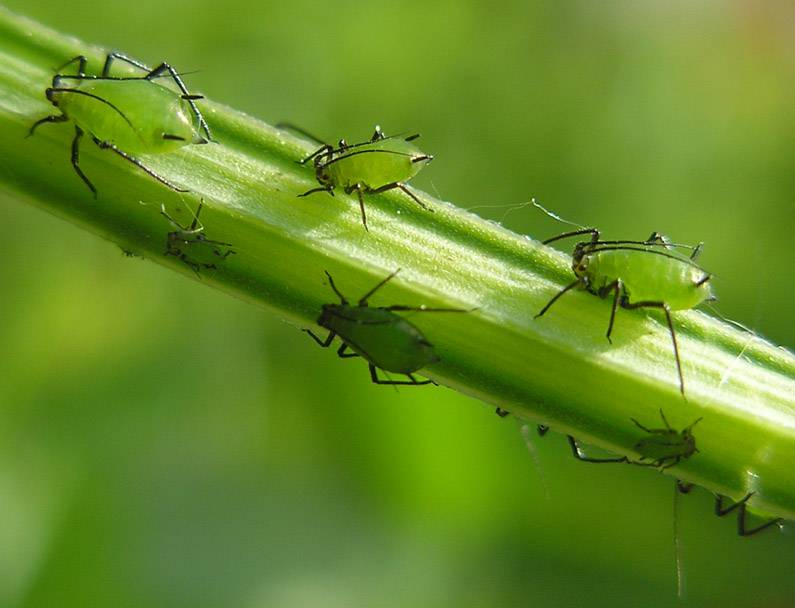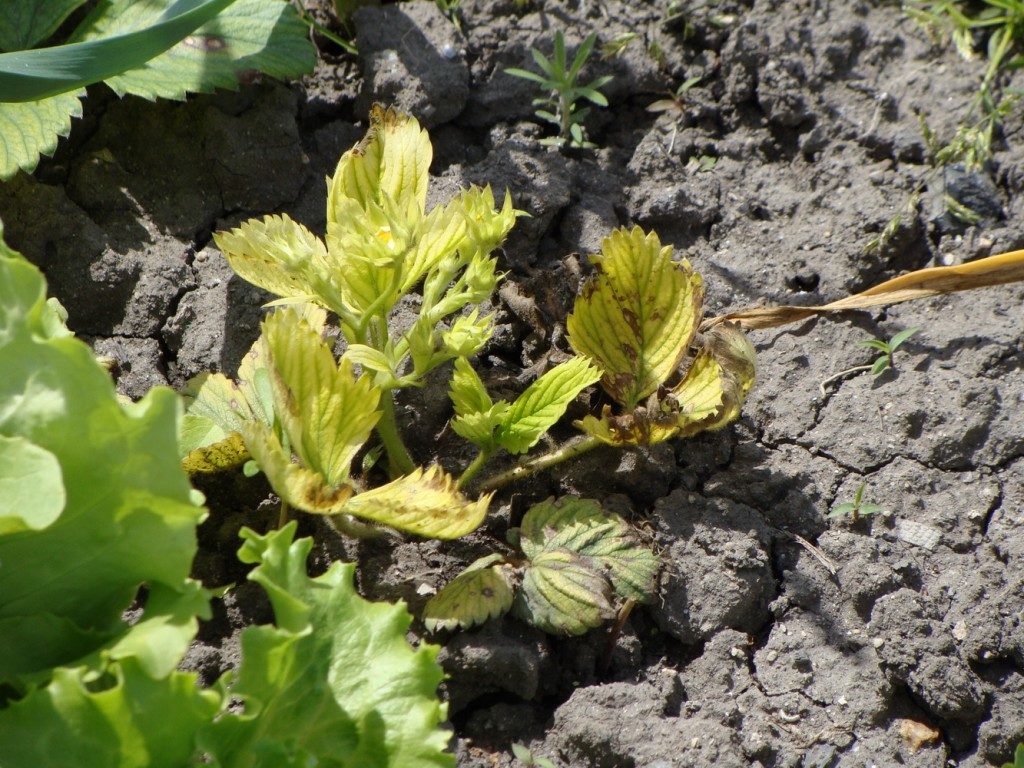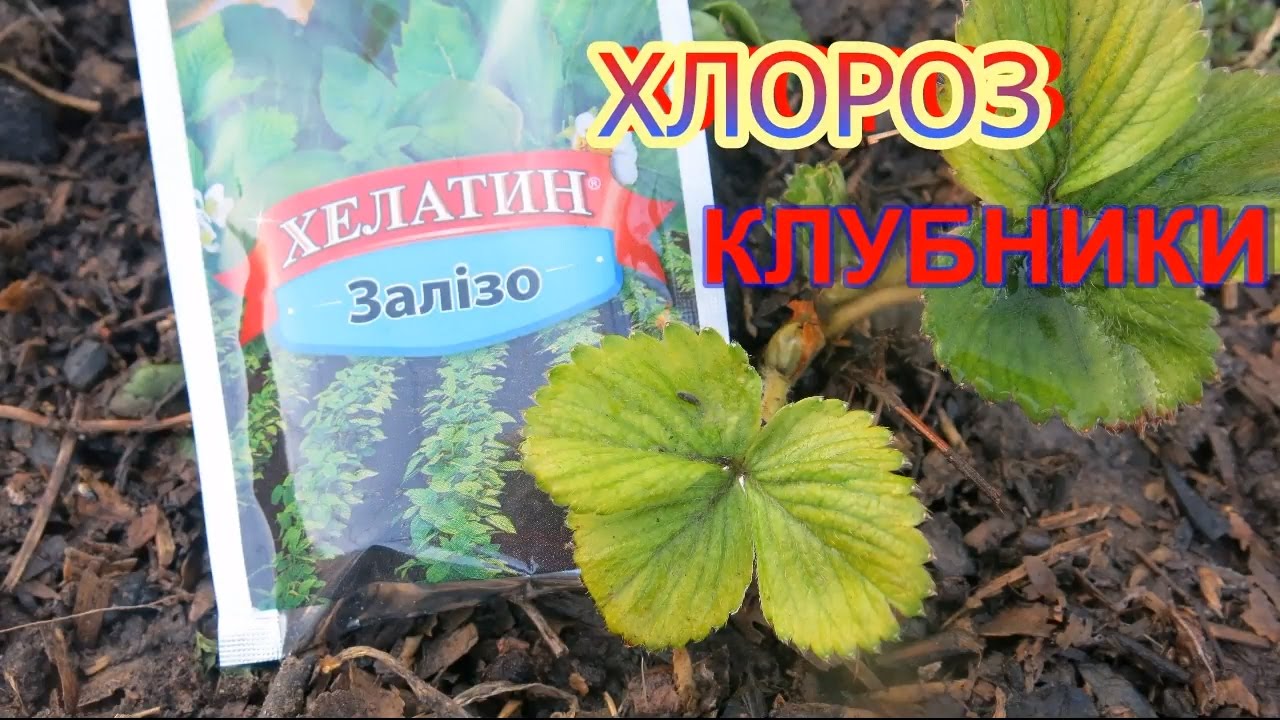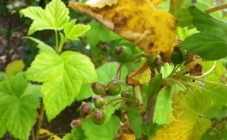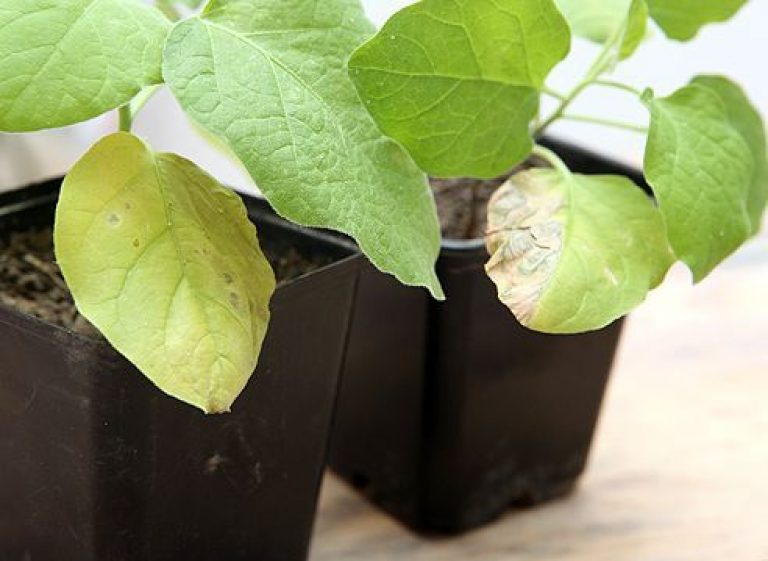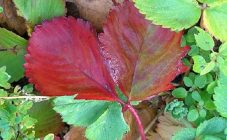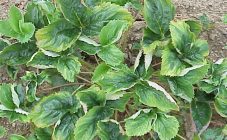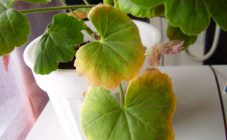Content:
In almost all summer cottages, even in the northern regions of Russia, you can see growing strawberries. The berry has an incredible aroma and taste, contains a large amount of useful substances, and is quite attractive from a commercial point of view. Therefore, all the time and physical costs associated with its cultivation, agronomists pay off with interest. Feature - the culture must be transplanted at intervals of 4 years. On the one hand, this is an advantage, but on the other hand, it leads to the accumulation of diseases and toxic substances, which adversely affect the quantity and quality of the crop.
The main reason for the change in the color of the leaves from green to yellow is the violation of agricultural techniques for growing strawberries. It is not only possible, but also necessary to fight with yellowed leaves, the main thing is to establish the root cause.
General rules for caring for strawberries
Strawberries are a fairly unpretentious plant and can be grown even at home. A novice agronomist can grow a rich strawberry crop, but you need to study the rules of agricultural technology, read recommendations for care, listen to the advice of experienced gardeners.
There are different varieties of strawberries (even those that only bear fruit for one year). However, it does not matter which strawberry grows in the summer cottage, in any case, it must be prepared for the new season.
First of all, you need to open the beds. Repaired varieties hibernate with a formed bud, so they are not afraid of frost. But with ordinary varieties of strawberries it is a little more difficult - so that they do not freeze, you will need to cover the bushes with earth and / or a thick film.
Of course, you need to remove all the trash, including:
- leaves;
- dead inflorescences;
- mustache.
The dead strawberry bushes must also be removed, and new seedlings must be planted in their place. This should be done as early as possible so that new plants take root before the start of the growing season.
Next, you need to pay attention to the soil. It must be carefully loosened without damaging the root system. Of course, you will also need to refresh the mulch. This procedure not only destroys weeds and accelerates the process of warming up the earth, but also saves from insects that have not awakened after hibernation.
For this plant, the soil is very important, or rather its composition and saturation with useful elements. It is important to monitor the health of the soil, mulch the soil and apply fertilizer under the bush when it gets warm. Ash and kefir should be used as organic fertilizer.
In order for each bush to bear fruit regularly and abundantly, it is necessary to pinch the antennae in a timely manner and not seek to stimulate the growth of shoots during the formation of fruits. Strawberries and strawberries love a lot of sunlight and warmth. Under optimal temperature conditions, the berries are quickly poured and exude a pleasant aroma. At the same time, the culture should grow in partially shaded areas so that burns do not form on the leaves.
Causes of yellowing of strawberry leaves
Strawberry leaves turn yellow: what to do? Before proceeding with the treatment of the culture, it is necessary to establish the provoking factor due to which the strawberry leaves turn yellow.
Inappropriate landing site
The error occurs due to the inexperience of agronomists, when they incorrectly arrange the beds.
Avoid planting strawberries in a completely open area, otherwise the abundant sunlight will burn the susceptible leaves. If this is not possible, the bushes should be shaded during solar activity.
Garden strawberries should be planted away from raspberries or tulips. If you neglect this rule, plants can infect common pests - the raspberry-strawberry weevil. Strawberries turn yellow and dry: what to do? Another equally common reason is growing crops on acidic soils.
Moisture deficiency
Many agronomists are wondering what to do when strawberries turn yellow. Without following the rules of watering, plants will not be able to absorb the necessary nutrients from the soil.
It is important to water the strawberries regularly, but in moderation. It is recommended to water the bushes of garden strawberries in the first half of the day, because in the evening the soil may not have time to dry out before the air temperature drops. In this case, the bushes can get sick. The amount of watering depends on weather conditions and soil type. As a rule, they spend on 1 sq.m. about 10-12 liters of water.
Lack of nutrients
Perhaps the most common problem on which a strawberry leaf begins to fade and fruiting is weak is magnesium deficiency. This chemical element is part of chlorophyll, and also takes part in the photosynthesis of culture. It may not be enough in the ground and then yellowness appears on the leaves of the garden strawberry, they acquire a purple and brown hue (especially the lower edge).
In the place where the spots are formed, living cells die off rapidly. To treat strawberries in this case, the soil must be enriched with magnesium sulfate. After a week, it is advisable to repeat the procedure. Sometimes the leaf begins to brighten, turn white and dry. This indicates a nitrogen deficiency. In this case, the bush must be fed with ammonium nitrate.
Chlorosis
Why do strawberries have light green leaves, what should I do? If, in spring or early June, the greenish leaf cover in the garden begins to fade, most likely, the bushes were affected by non-infectious chlorosis.
A symptom of the disease - the leaves do not turn yellow completely, but only in the intervals between the veins. Pathology develops due to the fact that in spring and summer the soil warms up more slowly than the air. In cold conditions, strawberries slowly absorb nutrients and absorb moisture.
In addition, it contributes to the development of pathology - excessive amounts of moisture in the soil. To prevent the disease, the culture must be watered with warm water and irrigated with solutions containing iron. In this case, she will be able to bloom with renewed vigor.
Pests
With the arrival of heat, insects are also activated, which do not mind eating the leaves, stems and roots of the plant. Many of them (for example, aphids), among other things, carry infections.
Plants must be treated against the attacks of the following pests:
- spider mite;
- penny slobber;
- May beetle;
- raspberry-strawberry weevil.
To do this, you can use a special chemical preparation Fitoverm (or its analogues). To destroy pests that live in the soil, you can use a manganese solution: dissolve 5 g of potassium permanganate in 10 liters of water. Water the soil with a solution.
Disease Treatment and Pest Control
Consider the basic agronomic requirements that must be met when yellowed leaves appear:
- To provide the soil under the bush with nitrogen, when planting in pits, it is necessary to lay humus, and in the spring it is imperative to introduce nitrogen fortified complexes. It is necessary to observe the measure, otherwise it will lead to an increase in green mass, and not inflorescences and fruits.
- The culture often suffers from a lack of magnesium in acidified soils. Dolomite flour will reduce acidity and enrich the soil with a chemical element. It is necessary to feed the soil with magnesium at intervals of 2 weeks. Foliar feeding with iron can be carried out using any preparations containing iron.
- For the treatment of diseases such as marginal yellowing and mosaic, it is necessary to timely and regularly destroy the vectors, as well as use high-quality seedlings.
- If aphids have been found in the beds, it is urgent to take measures to eliminate it. During flowering and fruiting, when the use of chemicals is contraindicated, aphids are collected by hand. After harvesting, strawberry bushes can be treated with a soapy solution with the addition of tobacco dust, infusion of garlic and vegetable oil. To achieve maximum results, it is recommended to alternate folk remedies with chemical ones.
- In case of severe infection with viruses / pathogenic bacteria and parasites, it is necessary to replace all planting material, and completely collect and burn the affected bushes.
- It is necessary to water the culture not only during flowering, but also during the entire growing season. In dry and hot weather, it is necessary to organize abundant watering, which should take place at intervals - at least once every seven days.
Preventive measures
To prevent the formation of yellowness on the leaves due to sunlight, it is necessary to water the plants early in the morning or late in the evening. A drip irrigation system is recommended. For watering, the water should be moderately warm.
In addition to ensuring regular watering, the culture needs regular fertilizing with mineral or organic fertilizers. A mandatory preventive measure is the irrigation of plants with drugs against viral diseases and pests.
Even a novice agronomist can grow a berry in his summer cottage. The main thing is to first familiarize yourself with the features of the variety and the agricultural technology of its cultivation. Only through trial and error can perfection be achieved in growing crops in personal plots.
